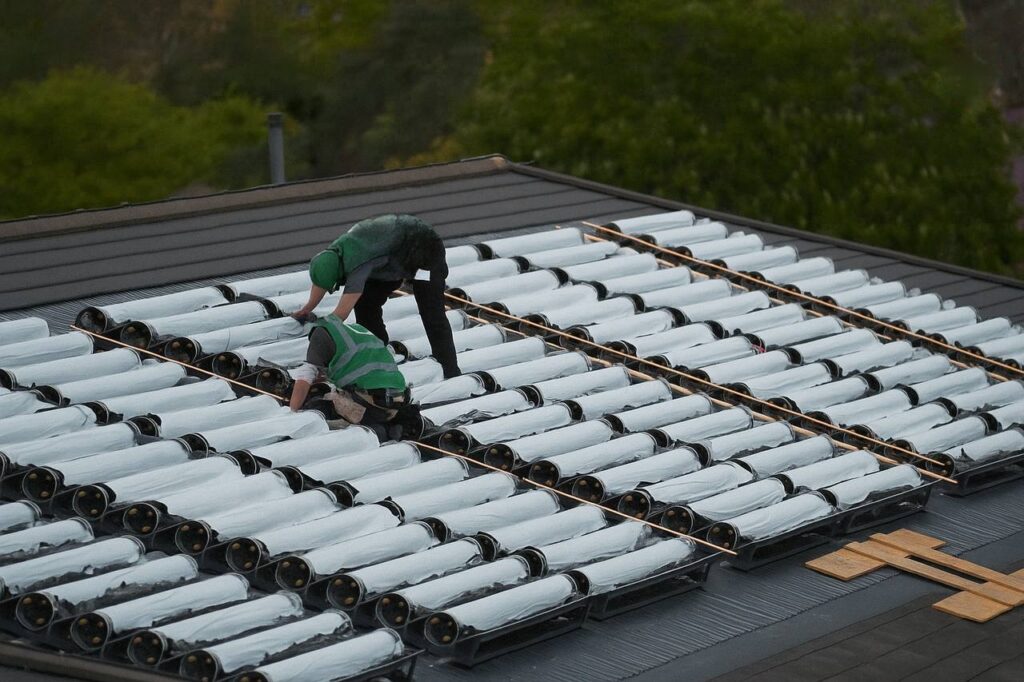Is it worth building tennis courts during a war? A dilemma in Ukraine

A full-scale war has been raging in Ukraine for three years, with Russian forces mercilessly destroying towns and villages. Tennis courts, once places for sports and recreation, have been reduced to ruins. Yet in August of last year, sports officials launched a project to build a National Tennis Center in Kyiv on the site of the abandoned Ice Stadium, with a budget of 7 million euros.
This decision sparked outrage and raised many questions within society: is it appropriate to invest significant funds in sports development while the country is fighting for its survival? The money allocated for the reconstruction of tennis courts could instead be used to address the urgent needs of the military and civilian population.
“It is unacceptable to carry out major repairs to buildings and tennis courts while Ukraine is at war. This money is needed for the Armed Forces: ammunition, first aid kits, drones, weapons, food. It’s about preserving the Ukrainian nation. Funding for tennis court repairs must be prohibited,” people wrote in appeals to the State Audit Service of Ukraine.
“You know, I communicate with our military almost every day, and all they talk about is needing pickups, spare parts, Mavics, optics… the list goes on. When I hear about 7 million euros, my mind automatically calculates how many of these needs could be met. Personally, I support the idea of modern sports facilities, but spending that kind of money right now just doesn’t seem appropriate,” said volunteer Maria Barabash.
The Ukrainian media outlet UNIAN calculated that the funds allocated for repairing the tennis courts could have instead been used to purchase 2,300 drones for the Armed Forces.

Later, the director of the state enterprise responsible for the National Tennis Center project admitted to an oversight. He explained that major renovations on the courts had begun in 2018, and by the time of the full-scale Russian invasion, the project was nearly 60% complete. In 2022, however, state building codes were updated to require the construction of shelters at sports facilities, leading to adjustments in the project’s design and budget.
Andreyevsky emphasized that the primary focus of state spending during the war is achieving victory, after which the country will shift to reconstruction efforts.
On the one hand, during the war, attention must be given to priorities that require funding, and unlike the needs of the military, new tennis courts are not an urgent necessity.
But does this mean tennis should be abandoned during the war? After all, participating in this sport can serve as a form of individual therapy, helping people cope with post-traumatic stress disorder and other psychological challenges caused by the war.
Moreover, the development of tennis can help raise Ukraine’s profile on the international stage and attract investment in other sectors. However, this is only possible with proper training facilities. New tennis courts could also serve as venues for charity tournaments, raising funds for the military and those affected by the war.
The question of whether it’s feasible to invest in building new tennis complexes during the war remains debatable. On one hand, the urgent needs of the military and civilian population require priority funding. On the other hand, the growth of the sport could help boost morale, foster national unity, and aid in post-war recovery. Perhaps compromise solutions should be explored, such as attracting private investments, which could symbolize faith in the future and the pursuit of normalcy, even in the most difficult times.
Cover photo: ukrinform.com. Children on a destroyed tennis court in Ukraine.




